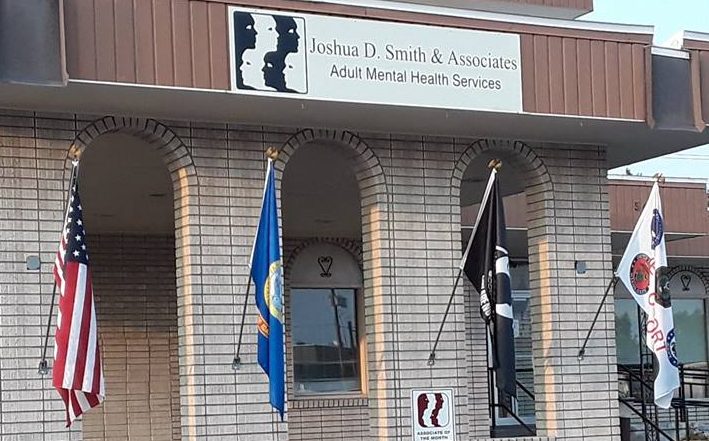According to the National Institute of Mental Health (NIMH) Bipolar Disorder, also known as manic depressive illness, is a brain disorder that causes unusual shift in mood, energy, activity levels and the ability to carry out day-to-day tasks.
There are four basic types of bipolar disorder; all of them involve clear changes in mood, energy, and activity levels. These moods range from periods of extremely “up” elated and energized behavior (known as manic episodes) to very sad, “down” or hopeless periods (known as depressive episodes). Less severe manic periods are known as hypomanic episodes.
Bipolar I Disorder: is defined by manic episodes that last at least 7 days, or manic symptoms that are so severe that the person needs immediate hospital care. Usually, depressive episodes occur as well, typically lasting at least two (2) weeks. Episodes of depression with mixed features (having manic and depressive symptoms at the same time) are also possible.
Bipolar II Disorder: is defined by a pattern of depressive episodes and hypomanic episodes, but not full-blown manic episodes of Bipolar I.
Cyclothmic Disorder (also called cyclothymia): is defined by numerous periods of hypomanic symptoms as wells as numerous periods of depressive symptoms lasting for at least 2 years (1 year in children and adolescents). However, the symptoms do not meet the diagnostic requirements for a hypomanic episode and a depressive episode.
Other Specified and Unspecified Bipolar and Related Disorders: is defined by Bipolar symptoms that do not match the three categories listed above.
People with Bipolar disorder experience periods of unusually intense emotion, changes in sleep patterns and activity levels, and unusual behaviors. These distinct periods are called “mood episodes”. Mood episodes are drastically different from the moods and behaviors that are typical for the person. Extreme changes in energy, activity, and sleep go along with mood episodes.
Sometimes a mood episode includes symptoms of both manic and depressive symptoms. This is called an episode with mixed features. People experiencing an episode with mixed features may feel very sad, empty, or hopeless, while at the same time feeling extremely energized.
Bipolar disorder can be present even when mood swings are less extreme. For example, some people with bipolar disorder experience hypomania, a less severe form of mania. During a hypomanic episode, an individual may feel very good, be highly productive, and function well. The person may not feel that anything is wrong, but family and friends may recognize the mood swings and/or changes in activity levels as possible bipolar disorder. Without proper treatment, people with hypomania may develop severe mania or depression.
Proper diagnosis and treatment help people with bipolar disorder lead healthy and productive lives. Talking with a doctor or other licensed mental health professional is the first step for anyone who thinks he or she may have bipolar disorder. The doctor can complete a physical exam to rule out other conditions. If the problems are not caused by other illnesses, the doctor may conduct a mental health evaluation or provide a referral to a trained mental health professional, such as a psychiatrist, who is experienced in diagnosing and treating bipolar disorder.
SOURCE: National Institute of Mental Health


